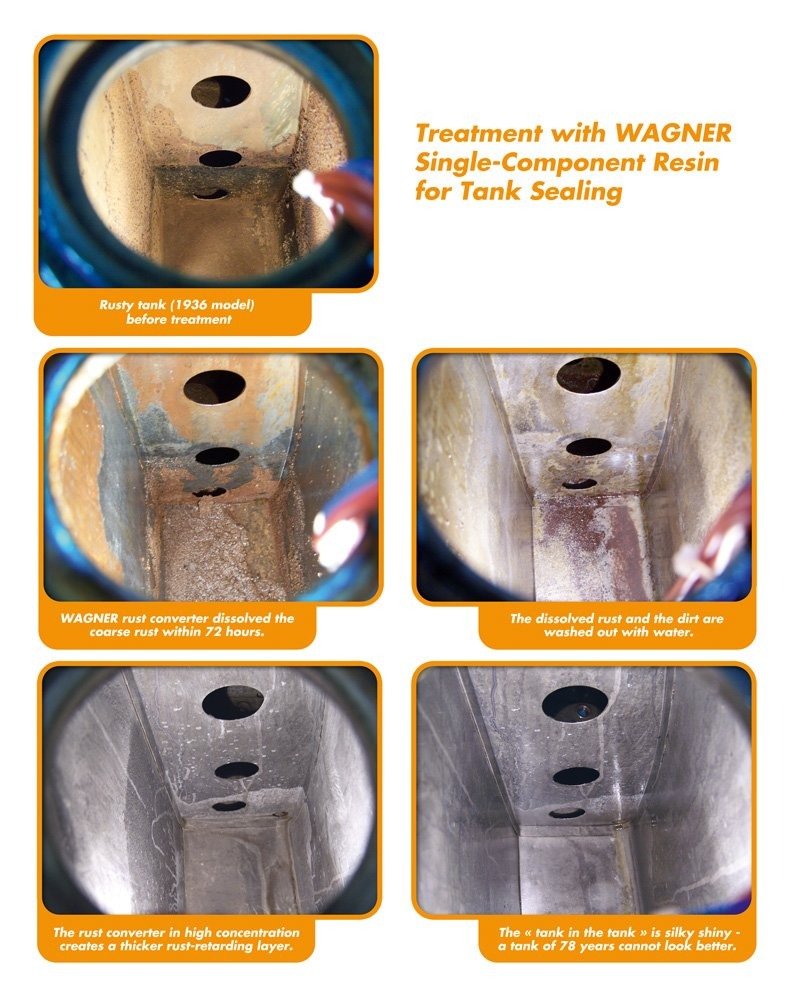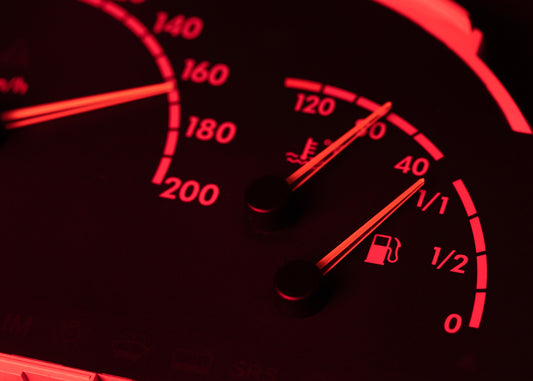Stopping Rust From Damaging Your Fuel Filters
A rusty fuel tank is the last thing you want to deal with when it comes to maintaining your vehicle, but you may not even know it’s happening, as it occurs silently. Below we’ll discuss signs your fuel tank is becoming rusty and how to get rid of rust on your fuel tank.
What Are Some Signs of a Rusty Fuel Tank?
One major sign of a rusty fuel tank is a sputtering engine when you’re driving highway speeds or hit the accelerator. Your vehicle generally won’t run as well with a rusty fuel tank because the rust is prohibiting the necessary amount of fuel from traveling through the filter.
Your car will still run – but it won’t run well, and this is a dangerous problem to ignore. When your filter is clogged, the dirt that used to get filtered out goes into your fuel injectors, which are very costly to replace.

How To Prevent a Rusty Fuel Tank
The key to preventing a rusty fuel tank is consistent preventative maintenance. Your owner’s manual provides guidelines to prevent a rusted fuel filter by stating how often you should change your fuel filter, which is usually between 20,000 and 40,000 miles. However, that might change depending on where you live, like if you live near the ocean.
What If I already Have a Rusty Fuel Tank?
If you’re wondering how to get rust out of a gas tank and have your vehicle running like new, we have the product right for you. The Wagner Tank Sealing set works for aluminum, sheet metal, and plastic tanks. You can even add it after experiencing rust, or before you spot rust.
Don’t let rust take over your life or your vehicle. Wagner Rustfix+Tankfix saves your tank from rust that would ordinarily lead to expensive repairs or replacement. You can find out more information here.






